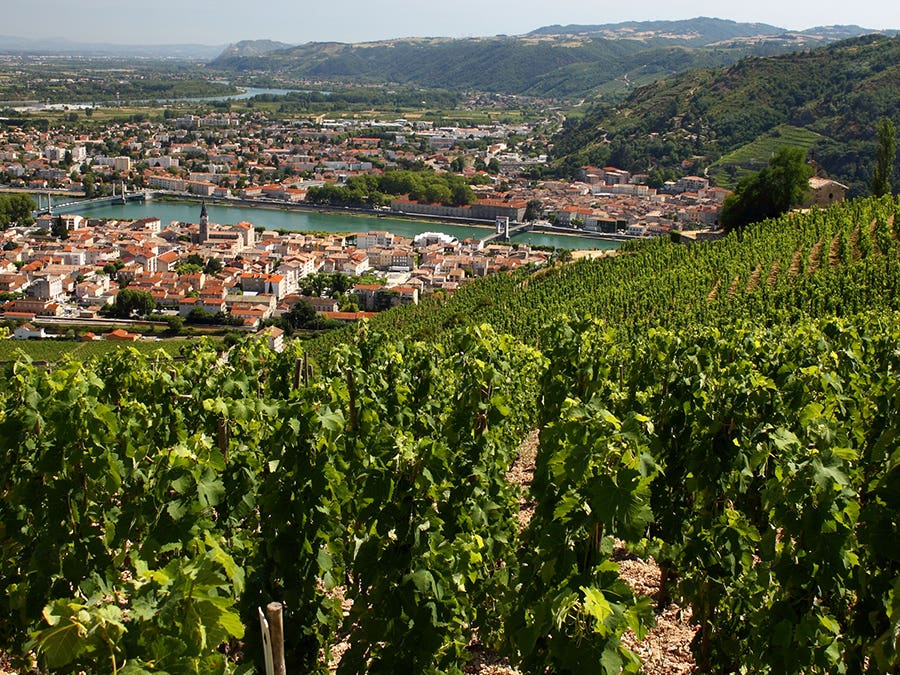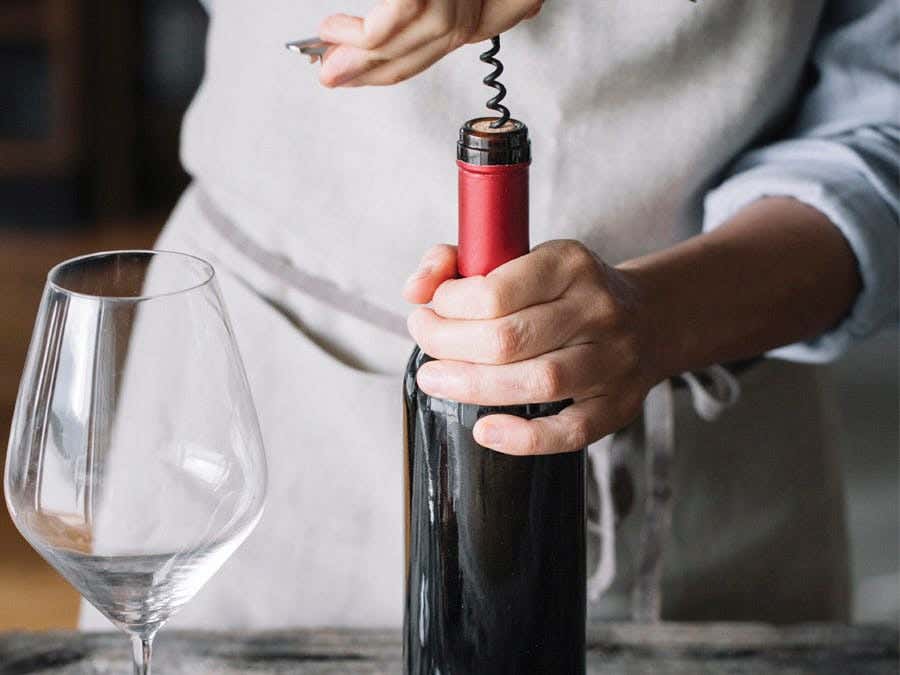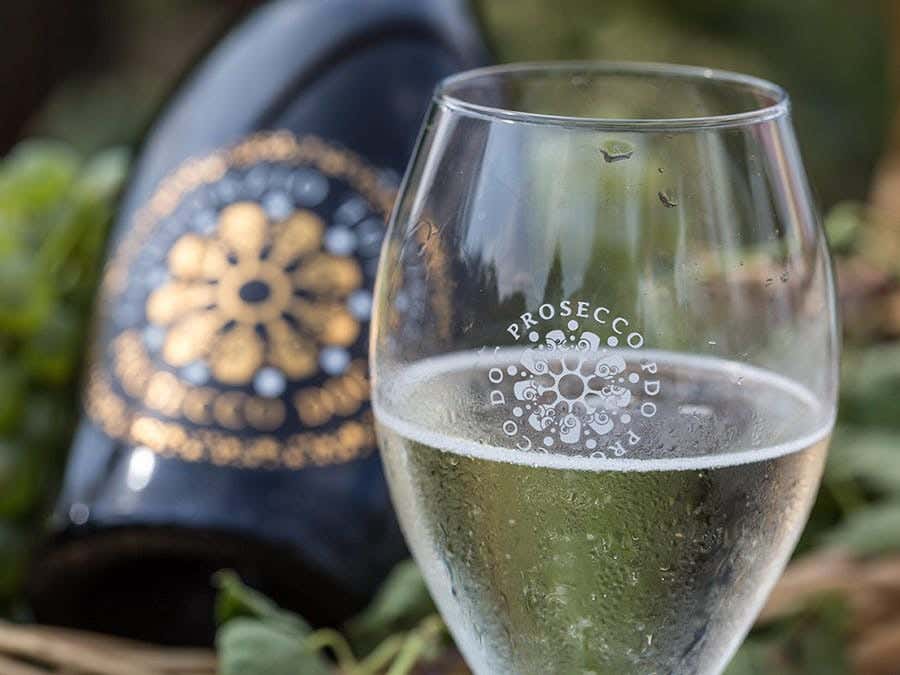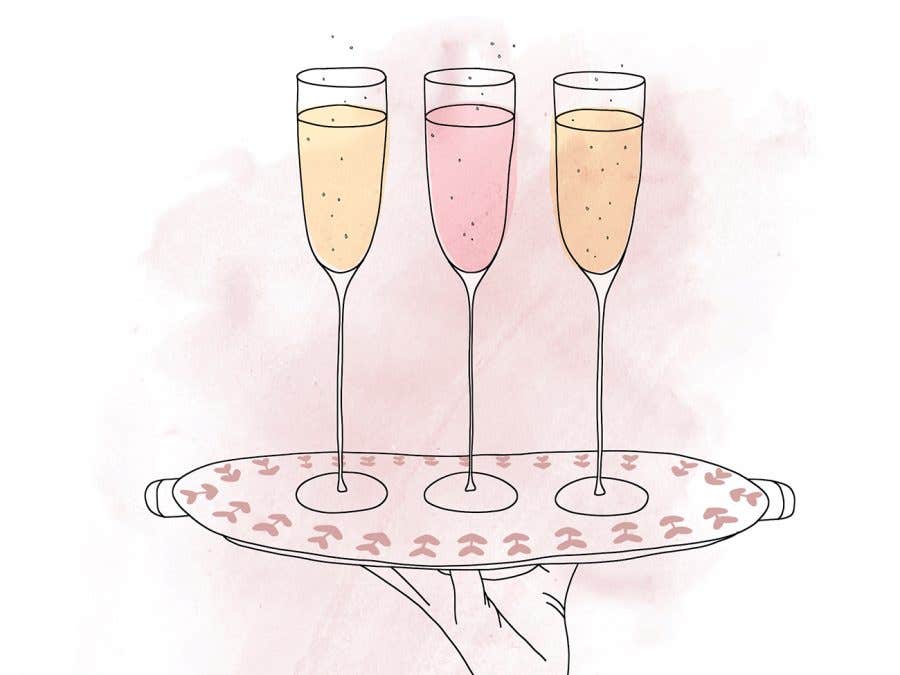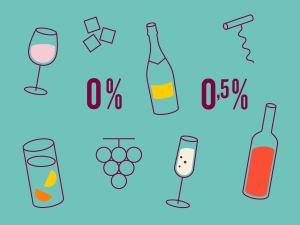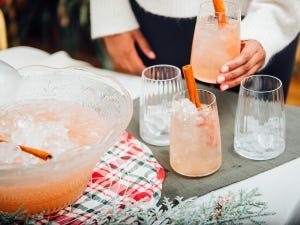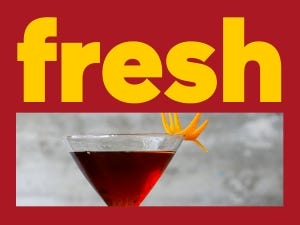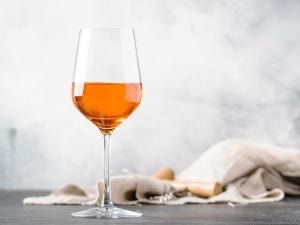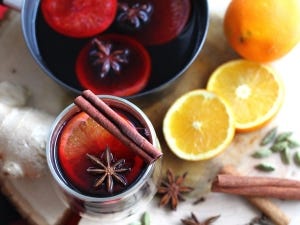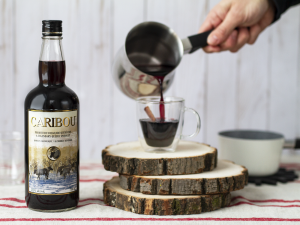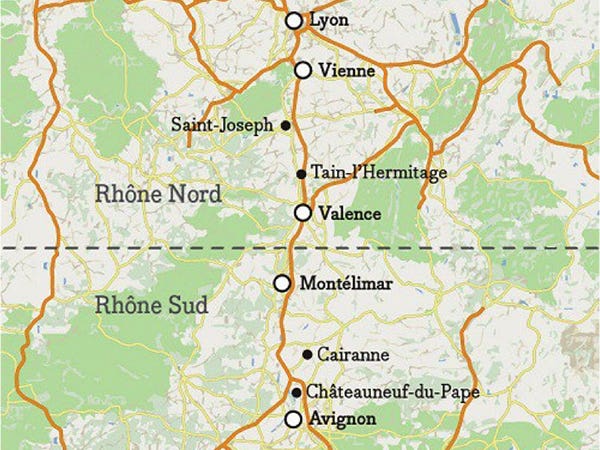

To the north, Syrah…
They’re often referred to simply as “Rhône wines”, and yet Rhône is actually divided into two very distinct zones. Rhône North, which begins primarily in Valence and extends all the way to Vienna, is, in terms of reds, a huge producer of Syrah.
To the south, Grenache…
Reds from the south (between Avignon and Montélimar), account for 90% of Rhône’s wine production. The region is renowned for its Grenache Noir, which is often blended with Syrah and Mourvèdre, as well as its secondary cepages, such as Cinsault and Carignan.
Different climates
The Mediterranean influence is especially prominent in the south, in appellations such as Châteauneuf-du-pape, Gigondas and Vacqueyras. In the northern half, home to beautiful grape varieties such as Côte-Rôtie and Hermitages, the climate is a bit more unpredictable, and the effect on vintages is felt more frequently.
Second after Bordeaux
Rhône Valley is both beautiful and vast! With its 26 appellations, more than 5,000 wine producers and 27 cepages, Rhône is the second largest winemaking region in France. It produces mostly reds (80% of total production), but also some whites (6%) and, of course, rosé (14%), including the well-loved Tavel. Rhône is also a big supporter of organic agriculture. In fact, it is the second biggest producer of organic wine in France, with Languedoc-Roussillon coming in first.
Related Posts
-
Read more
SAQ shelves are lined with more than 300 wines and spirits produced abroad and bottled here, a process that has a positive impact on the environment and workforce in the province.
-
Read more
In recent years, Prosecco DOC (Denominazione Di Origine Controllata) sales have dizzying new heights. Read on to learn more about the accessible bubbles adored the world over.
-
Read more
Bubbly’s rising popularity has resulted in a wide variety of bottles to choose from. Here’s a handy guide to finding the one that’s right for you!
 Access to SAQ Inspire personalized services and store inventories are unavailable at the moment.
Access to SAQ Inspire personalized services and store inventories are unavailable at the moment. Free in-store delivery with purchases of $75+ in an estimated 3 to 5 business days.
Free in-store delivery with purchases of $75+ in an estimated 3 to 5 business days. 
